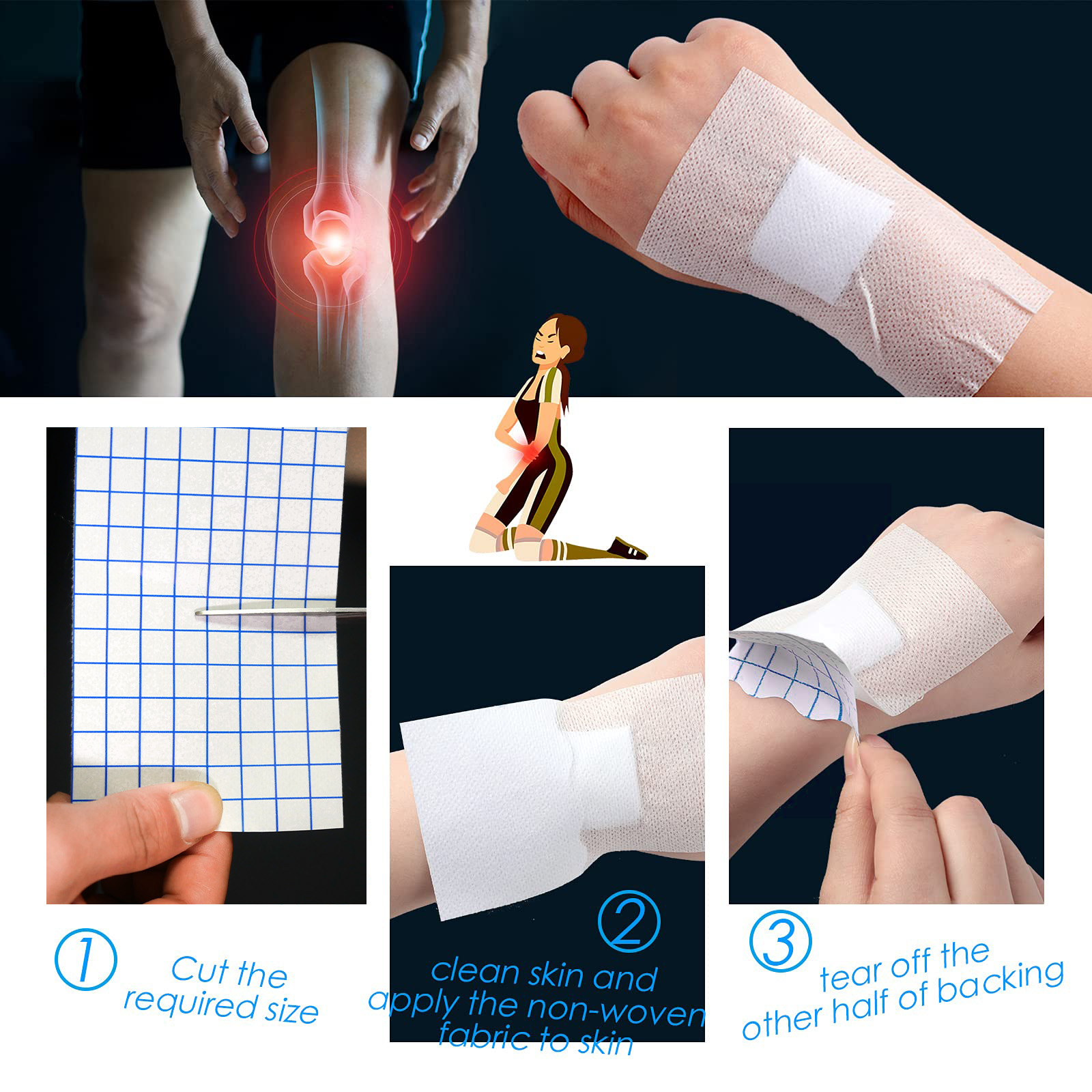transparent film dressing
1. Consider using clear film dressings to protect certain parts of the body that are at risk of chafing or taping. (Strength of Evidence = C)
2. Consider the use of clear film dressings for autolytic debridement when the patient is not immunocompromised. (Strength of Evidence = C)
3. When alginate dressings or other filling wound fillers are used and need to remain in the wound for a period of time (such as 3-5 days), the transparent film dressing can be considered as a secondary dressing. (Strength of Evidence = C)
4. Carefully remove clear membrane dressings on vulnerable skin areas to reduce skin damage. (Strength of Evidence = C)
5. Do not use clear film dressings as a tissue contact layer for moderately or severely exuding ulcers. (Strength of Evidence = C)
6. Do not use clear film dressings as overlay dressings over debridement agents, gels or oily ointments. (Strength of Evidence = C)
hydrogel dressing
1. Use a hydrogel dressing for superficial, mildly exuding pressure ulcers. (Strength of Evidence = B)
2. Hydrogel dressings can be used in the treatment of dry wound beds to keep the wound bed moist. (Strength of Evidence = C)
3. Use hydrogel dressings for painful pressure ulcers. (Strength of Evidence = C)
4. Use hydrogel sheet dressings for pressure ulcers in areas of the body that are not deep, poorly demarcated, and/or where the dressing tends to fall off. (Strength of Evidence = C)
5. Use an amorphous hydrogel-like dressing for pressure ulcers with deep, well-defined and/or body areas where the dressing is prone to fall off. (Strength of Evidence = C)
6. Consider amorphous hydrogel dressings for uninfected granulating pressure ulcers. (Strength of Evidence = B)
gauze dressing
1. Avoid gauze dressings for clean, open pressure ulcers. Because replacement is labor-intensive, removal when dry can cause pain and cause tissue dehydration and drying. (Strength of Evidence = C)
2. When other types of moisturizing dressings cannot be used, gauze that is continuously moist is preferred to dry gauze. (Strength of Evidence = C)
3. When the wound contact layer is kept moist, a gauze dressing can be used as a covering dressing to reduce water evaporation. (Strength of Evidence = C)
4. Use loose and meshed non-woven gauze dressings for severe exuding ulcers; dense non-woven gauze dressings for mildly exuding ulcers. (Strength of Evidence = C)
5. When other types of moisturizing dressings cannot be used, ulcers with large tissue defects and dead spaces should be filled loosely with saline-soaked gauze dressings rather than tightly wrapped to avoid pressure on the wound bed. (Strength of Evidence = C)
6. The gauze dressing should be changed frequently to facilitate absorption of exudates. (Strength of Evidence = C)
7. Use a single gauze/gauze roll to fill deep ulcers; do not use multiple single gauze dressings, as gauze remaining in the wound bed can be a source of infection. (Strength of Evidence = C)
8. Consider using medicated gauze dressings to prevent evaporation and keep the gauze dressing moist. (Strength of Evidence = C)
The clinical application of gauze dressings is extensive and varied. Issues such as increased chances of infection, residual dressing debris, and pain have led specialists in some parts of the world to avoid gauze dressings in open chronic wounds, and to replace them with modern wound dressings, such as pressure ulcers. Today, gauze dressings are expressly limited in use and are used only as surgical dressings. Using gauze will take the professional more time due to the need for frequent changes. Of course, the various dressings that are available are expensive and not available everywhere; therefore, saline-soaked gauze or a damp gauze can be used to protect the wound from drying out.
Post time: May-31-2022






